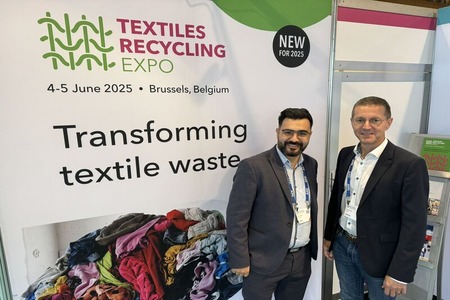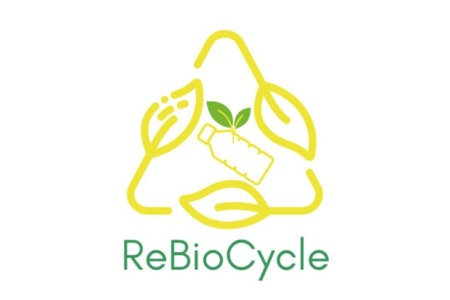L.A. based Britannia focus to bring eco friendly specialty product made from black wool
YarnsandFibers News Bureau 2014-11-28 17:00:00 – Los AngelesTerrence Chermak,owner of Los Angeles–based Britannia Mills Ltd. is no stranger to wool, which is always part of his line of contemporary knits recently became enamored with the hard-to-find wool of black sheep and has put together the supply chain necessary to process it and bring it to market as an eco-friendly specialty product with its own natural beauty.
According to Chermak, most of the world’s wool is white—or a natural color, which makes the wool easier and more efficient to process and dye. The wool from black sheep—which actually ranges in color from black to gray to brown to a warm honey shade—is primarily sold within specialty markets .
According to Chermak, black wool is a cottage industry wool which is expensive and very crafty. Fine black wool in commercial quantities doesn’t exist—with one exception.
To produce commercial quantities of black wool, Chermak had to overcome several hurdles, starting with finding enough black sheep. Ranchers might have thousands of white sheep but just a few black sheep to help them quickly estimate the number of sheep in a field.
The next challenge was to find mills to process the black wool into usable yarn.
Chermak found it tricky to figure out how to get it produced because everyone who’s running white wool doesn’t want to touch it. No one wants to process it because it will contaminate the rest of the wool. Hence, he have to go through all kinds of minimums for processing.
Chermak is keeping all his resources close to the vest, but he said he found a rancher located somewhere in the United States who has a sizable number of black sheep.
He is similarly circumspect about the companies he is working with to process the wool, although he does say it’s completely sourced in the U.S. The result is enough wool to produce about 5,000 to 10,000 garments this year.
It requires no dyeing, there are no chemicals, no effluent, the processing uses about 75 percent less water and the cycle time is shorter, so it uses less electricity, as well.
For now, Chermak envisions blending all the shades of black wool into one natural melange. But as he builds a wider network of ranchers and a larger supply of wool, he sees a future where the different shades of wool can be blended to make new shades, heathered yarns and mélange looks.
Chermak has approached just a select few brands—and only companies that are best able to convey the eco-friendly story of black wool to their consumers.
Market Intelligence
Ask for free sample Report

experience
Customer Base
dedicated team
Countries Served Worldwide









